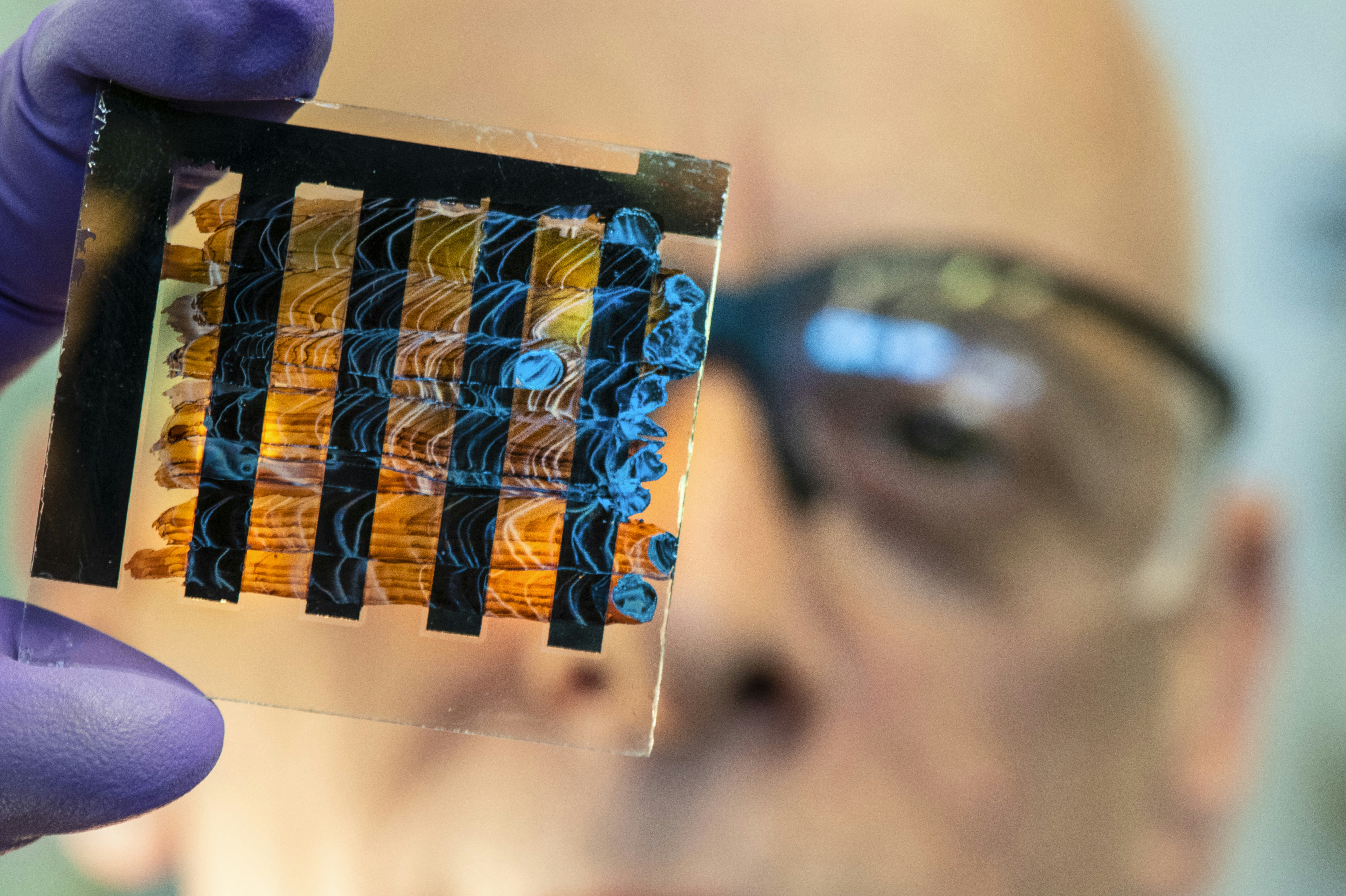When it comes to managing blood sugar levels, most people think about counting carbs. But new research from the University of British Columbia shows that, for some, it may be just as important to consider the proteins and fats in their diet.
The study, published today in Cell Metabolism, is the first large-scale comparison of how different people produce insulin in response to each of the three macronutrients: carbohydrates (glucose), proteins (amino acids) and fats (fatty acids).
The findings reveal that production of the blood sugar-regulating hormone insulin is much more dynamic and individualized than previously thought, while showing for the first time a subset of the population who are hyper-responsive to fatty foods.
“Glucose is the well-known driver of insulin, but we were surprised to see such high variability, with some individuals showing a strong response to proteins, and others to fats, which had never been characterized before,” said senior author Dr. James Johnson, a professor of cellular and physiological sciences at UBC. “Insulin plays a major role in human health, in everything from diabetes, where it is too low, to obesity, weight gain and even some forms of cancer, where it is too high. These findings lay the groundwork for personalized nutrition that could transform how we treat and manage a range of conditions.”
For the study, the researchers conducted tests on pancreatic islets from 140 deceased male and female donors across a wide age range. The islets were exposed to each of the three macronutrients, while the researchers measured the insulin response alongside 8,000 other proteins.
Although most donors’ islet cells had the strongest insulin response to carbohydrates, approximately nine per cent responded strongly to proteins, while another eight per cent of the donor cells were more responsive to fats than any other nutrient—even glucose.
“This research challenges the long-held belief that fats have negligible effects on insulin release in everyone,” says first author Dr. Jelena Kolic, a research associate in the Johnson lab at UBC. “With a better understanding of a person’s individual drivers of insulin production, we could potentially provide tailored dietary guidance that would help people better manage their blood sugar and insulin levels.”
The research team also examined a subset of islet cells from donors who had Type 2 diabetes. As expected, these donor cells had a low insulin response to glucose. However, the researchers were surprised to see that their insulin response to proteins remained largely intact.
“This really bolsters the case that protein-rich diets could have therapeutic benefits for patients with Type 2 diabetes and highlights the need for further research into protein-stimulated insulin secretion,” said Dr. Kolic.
The team conducted a comprehensive protein and gene expression analysis on the pancreatic islet cells, providing insights into the molecular and cellular characteristics that shape insulin production. In the future, the researchers say it could be possible use genetic testing to determine which macronutrients are likely to trigger a person’s insulin response.
As a next step, the researchers hope to expand their work into clinical studies that would test insulin responsiveness to the trio of macronutrients in a real-world setting, and to begin developing personalized nutrition approaches based on the findings.
This research was supported by the Canadian Institutes for Health Research and JDRF Canada. The researchers would like to thank the organ donors and their families for their gift that enabled this research, made through the Human Organ Procurement and Exchange program and Trillium Gift of Life Network.
Interview language(s): English

